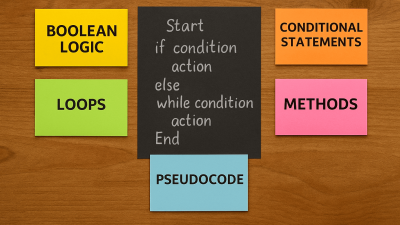A well-organized .NET project enhances maintainability, scalability, and collaboration. By adhering to standard conventions and best practices, developers can ensure a clean and efficient codebase. This guide outlines the core components of a .NET project and provides strategies for effective file organization.
Standard Structure of a .NET Project
A typical .NET project includes the following key components:
- Program.cs – The application’s entry point, where execution begins. While different project types (e.g., web apps, console apps) may have variations, Program.cs is a common starting point.
- .csproj File – Defines project settings, dependencies, and build configurations. It specifies included files, NuGet packages, and compilation rules.
- bin Folder – Contains compiled output, including executables (.exe) and libraries (.dll) generated during the build process.
- obj Folder – Stores intermediate build files (temporary artifacts used during compilation) and is not part of the final deployment.
Best Practices for Organizing .NET Projects
1. Modularization
Break down the project into logical modules (e.g., authentication, payment processing) or layers (e.g., presentation, business logic, data access). This improves maintainability and makes navigation easier.
2. Separation of Concerns
Group related files by:
- Feature – All files for a specific feature (e.g., UserManagement) reside together.
- Layer – Organize by responsibility (e.g., Controllers, Services, Models).
3. Consistent Naming Conventions
- Use PascalCase for public members (e.g., UserService).
- Use camelCase for private fields and parameters (e.g., private string userName).
- Choose descriptive names to clarify purpose (e.g., OrderProcessingService instead of OpsService).
4. Regular Refactoring
Periodically restructure code to improve readability and efficiency without altering functionality. This prevents technical debt and keeps the project maintainable.
5. Documentation
- Internal – Use XML comments (///) for classes and methods.
- External – Maintain a README.md explaining project structure, setup, and key components.
Conclusion
A well-structured .NET project streamlines development and collaboration. By following standard conventions—modularization, separation of concerns, clear naming, refactoring, and documentation—developers can build scalable and maintainable applications. Adopting these practices ensures long-term efficiency and reduces complexity as the project grows.



